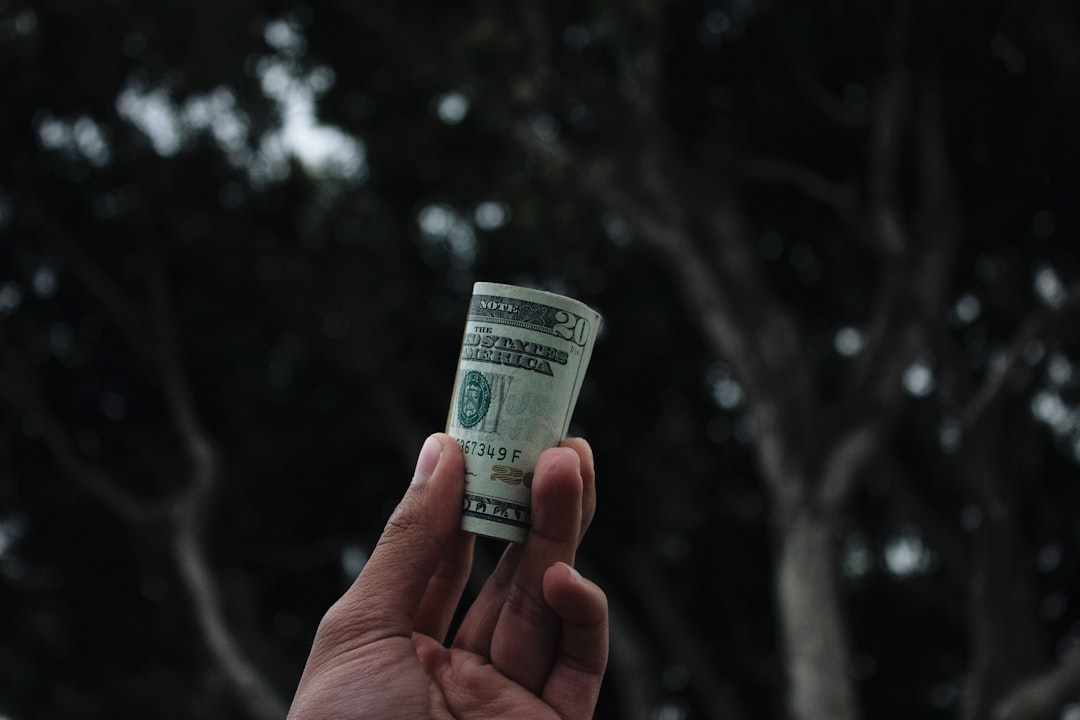Yes, I know—the very word “Synopsis” strikes dread into a writer’s heart. And yes, I know—after the year-or-years long marathon that is writing a book, the very last thing anyone wants to do is come up with a one or three-page synopsis of the 400 pages you’ve just written.
But whether you’re an author or a screenwriter there is no getting around this one…
Keep reading with a 7-day free trial
Subscribe to Screenwriting Tricks for Authors to keep reading this post and get 7 days of free access to the full post archives.



